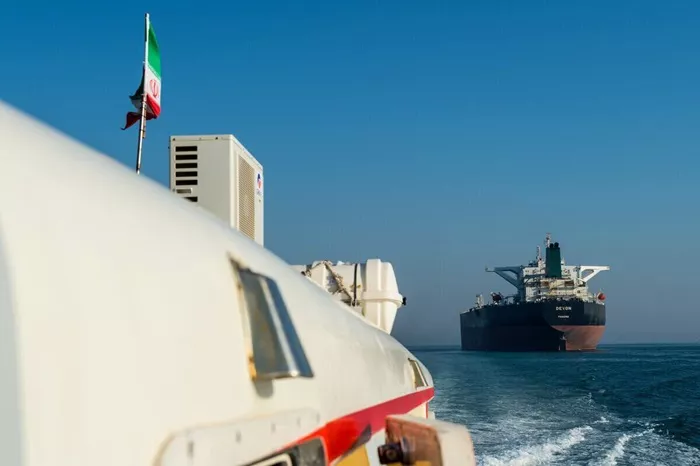Crude oil shipments from Iran to its largest customer, China, fell significantly last month, driven by intensified U.S. sanctions and ongoing refinery maintenance, according to analysis of Vortexa data.
The data indicates that Iran exported just over 1.1 million barrels per day (bpd) of crude oil to China in May 2024, marking a 20% decrease from the previous month and a decline of approximately 400,000 bpd compared to April. However, tracking the exact volume remains challenging due to the frequent use of tactics by tanker operators to obscure the origin and route of Iranian crude.
Industry tracker Kpler recently highlighted a rise in tankers turning off their tracking devices to hide their movements. “Ship-to-ship transfers have been a common method to mask the origin of these cargoes,” said Kpler analyst Muyu Xu. “Now, vessels are switching off signals for longer durations, making it even harder to trace shipments back to Iran.”
Looking ahead, oil flows from Iran to China are expected to stay below typical levels as seasonal refinery maintenance in China is set to continue through July, according to a Vortexa analyst. Chinese refiners had also accumulated significant stocks of discounted Iranian crude earlier this year, before the U.S. intensified sanctions, allowing them to maintain comfortable inventories for the near term.
China remains Iran’s top oil buyer, with private Chinese refiners—known as “teapots”—purchasing the majority of Iran’s sanctioned crude. This arrangement benefits both countries: Iran secures a market for its crude despite widespread sanctions, while China gains access to low-cost oil supplies.
Meanwhile, U.S.-Iran negotiations over a new nuclear agreement remain stalled. The potential lifting of sanctions under a revived deal hinges on Iran’s willingness to fully suspend uranium enrichment activities—a condition Tehran has so far rejected.


